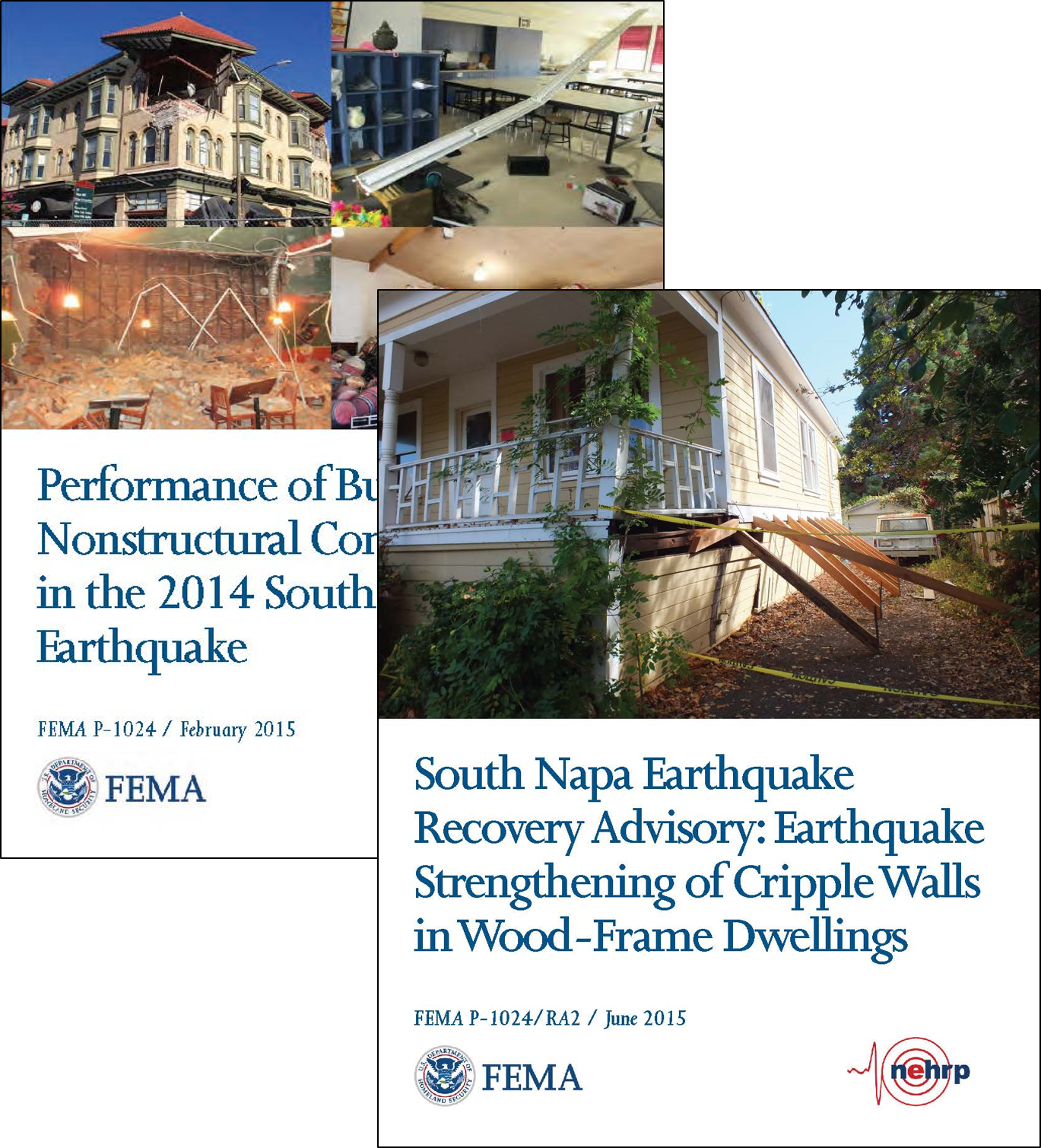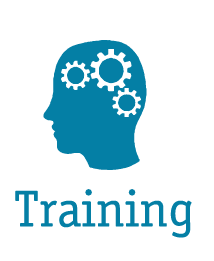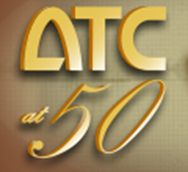Webinar on Earthquake Strengthening of
Cripple Walls in Wood-Frame Dwellings
(ATC-125)
|
Thursday, May 26, 2016 |
 |
Purpose. This webinar will provide an overview of the FEMA P-1024/RA2 document, Earthquake Strengthening of Cripple Walls in Wood-Frame Dwellings, developed by the Applied Technology Council (ATC) for the Federal Emergency Management Agency (FEMA) in response to the 2014 South Napa Earthquake. This month, the document was recognized with the 2016 Excellence in Engineering Award of Merit in the category of Study/Research/Guidelines by the Structural Engineering Association of Northern California (SEAONC).
This document addresses the earthquake strengthening of cripple walls and foundation anchorage in one- and two-family dwellings, supported by elevated concrete foundation systems and cripple walls not taller than approximately seven feet. The FEMA Plan Set for Earthquake Strengthening of Cripple Walls in Wood-Frame Dwellings accompanying this Recovery Advisory is intended to be used as a template for strengthening common cripple wall and foundation anchorage vulnerabilities in California and throughout the United States. It provides pre-engineered strengthening solutions with step-by-step instructions for use by a knowledgeable and skilled contractor or homeowner.
Intended Audience. This webinar has been designed for engineers, architects, building officials, and others who are interested in earthquake strengthening of cripple walls.
Handouts. All registrants will receive access to PDF electronic copy of FEMA P-1024/RA2, as well as the accompanying documents, FEMA P-1024, Performance of Buildings and Nonstructural Components in the 2014 South Napa Earthquake, and FEMA P-1024/RA1, South Napa Earthquake Recovery Advisory:Repair of Earthquake-Damaged Masonry Fireplace Chimneys. Webinar handouts may also be ordered by contacting the FEMA Publications Warehouse, by e-mail: This email address is being protected from spambots. You need JavaScript enabled to view it.; phone: 1-800-480-2520
The handouts may be downloaded at the following URL: https://www.fema.gov/media-library/assets/documents/103966
Technical Requirements. A computer with access to the internet, and speakers or a phone line are required.
 |
Webinar Presenter. Colin Blaney, S.E., is an Executive Principal at ZFA Structural Engineers in San Carlos, California. He has 25 years of experience in the field of structural engineering with a special interest in wood frame residential construction. |
Colin is a past president of the Structural Engineer’s Association of Northern California (SEAONC) and was chair of SEAONC’s Existing Building Committee between 2007 and 2010. During that time, he led the update to Plan Set A which is a prescriptive plan set developed to assist homeowners and contractors with evaluating and strengthening existing non-compliant cripple walls. Colin is the principal author of FEMA P-1024/RA2, and is currently serving as the co-Project Technical Director for the ATC-110 Project, Development of a Prestandard for the Evaluation and Retrofit of One- and Two-Family Light Frame Residential Buildings.
Professional Development Hours (PDHs). Each participant of this webinar will receive a certificate in PDF format documenting 1.5 PDHs. Each additional participant sharing the registrant’s computer may request PDH documentation using the online form found here.
Registration Information. The webinar is funded by the National Earthquake Technical Assistance Program (NETAP*) and is limited to 1,000 registrations.
About *NETAP. Instructor services and expenses for this training is funded by the Federal Emergency Management Agency (FEMA) National Earthquake Technical Assistance Program (NETAP), which is a mechanism for delivering direct assistance to the public to increase their knowledge and ability to analyze their risk, make a plan, and take actions aimed at reducing their earthquake risk and supporting overall community resilience. NETAP is a program managed by FEMA to rapidly deploy training and technical assistance to organizations and communities. For more information about NETAP please visit the FEMA website by clicking here.




